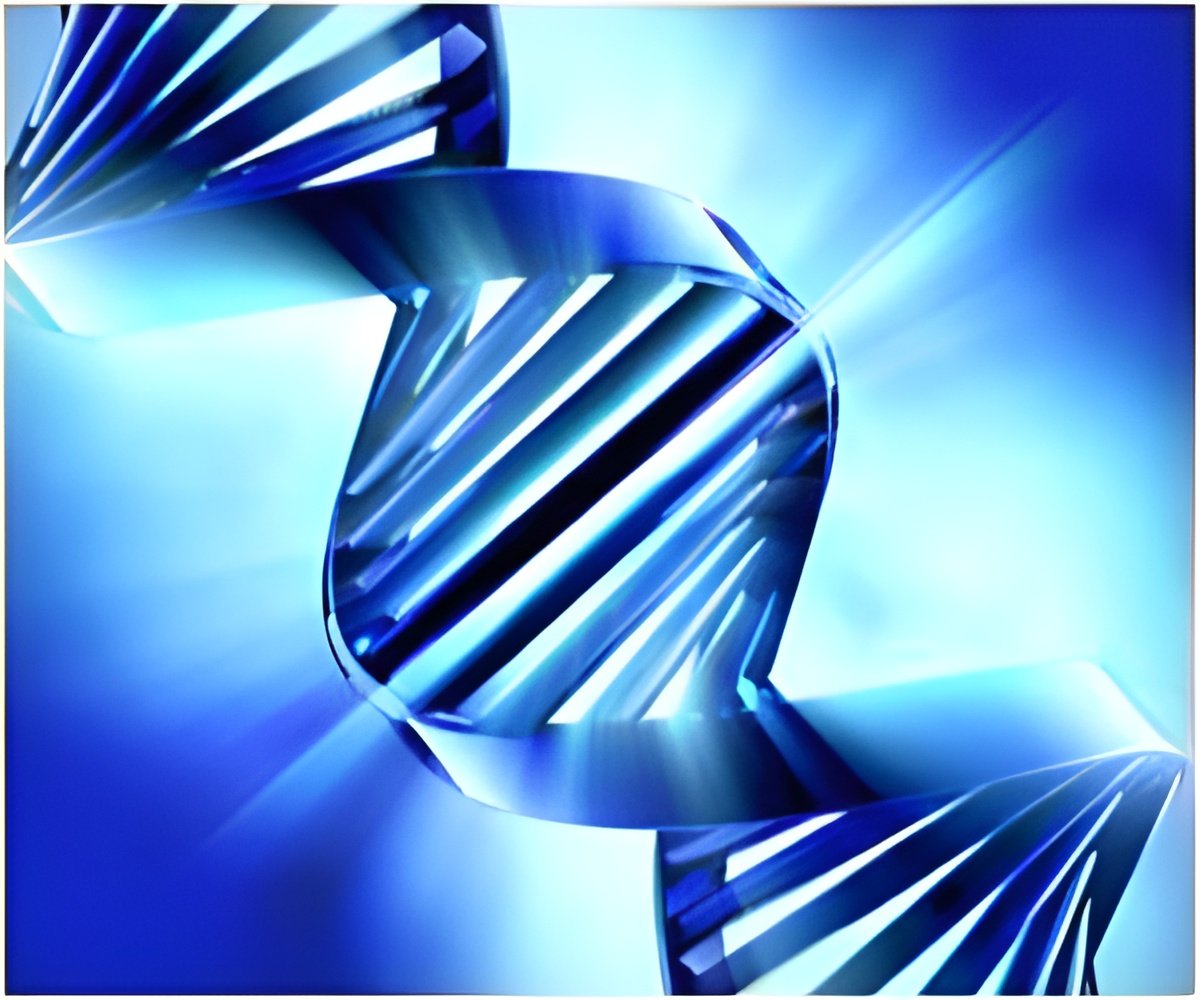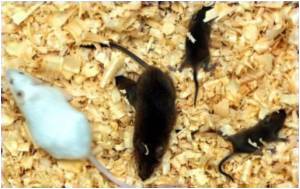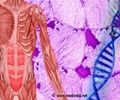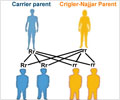
It is a molecule inside cells that acts as a motor to transport cellular components. Using cells cultured from patients, Baloh's group showed that the mutation disrupts this motor's function. The researchers found that some subjects with mutations had global developmental delay in addition to weakness, indicating the brain also is involved.
"Our observations suggest that a range of DYNC1H1-related disease exists in humans – from a widespread neurodevelopmental abnormality of the central nervous system to more selective involvement of certain motor neurons, which manifests as spinal muscular atrophy," Baloh said.
He pointed out that while this molecule is responsible for some inheritable cases of spinal muscular atrophy with lower extremity predominance, the genetic mutation is absent in others. The search continues, therefore, to find other culprit genetic mutations and develop biological therapies to correct them.
"Although this is a rare form of motor neuron disease, it tells us that dynein function – the molecular motor – is crucial for the development and maintenance of motor neurons, which we hope will provide insight into the common form of spinal muscular atrophy and also amyotrophic lateral sclerosis," Baloh said. ALS (also known as Lou Gehrig's disease) is a progressive neurodegenerative disease that affects nerve cells in the brain and spinal cord.
Baloh, an expert in treating and studying neuromuscular and neurodegenerative diseases, joined Cedars-Sinai in early 2012, working with other physicians and scientists in the Department of Neurology and the Regenerative Medicine Institute to establish one of the most comprehensive neuromuscular disease treatment and research teams in California.
Advertisement















